Most home electric vehicle chargers utilize either Level 1 or Level 2 charging standards. Level 1 chargers use a standard 120-volt outlet and typically provide 12 to 16 amps. Level 2 EV chargers require a 240-volt outlet and range from 16 to 40 amps, with some chargers capable of delivering as much as 80 amps. Public charging stations, including DC fast chargers, can provide higher currents, ranging from about 100 amps to 350 amps, allowing for quick charging on long trips.
What Are Amps?
Amps, short for amperes, measure the flow of electric current. In the context of electric vehicle (EV) chargers, the amp rating determines how much current can be supplied to the car's battery system at any given time.
How Do They Impact Electric Car Charging?
The amperage of an electric vehicle (EV) charger significantly impacts the charging process by dictating how much electric current can flow to the vehicle's battery at any given time. Here’s how this affects electric car charging:
-
Charging Speed: Higher amperage chargers can deliver more electricity per hour to the EV's battery. This means that the battery can be charged faster compared to using a lower amperage charger. For example, a 40 amp EV charger can charge an EV battery much quicker than one at 16 amps, given that the vehicle’s onboard charger can handle the higher input.
-
Efficiency of Charging Sessions: Amperage also affects the efficiency of a charging session. Chargers with higher amperage can make better use of the time the car is plugged in, reducing the duration the vehicle needs to be charged and increasing convenience for the user.
-
Vehicle Compatibility: Not all-electric vehicles can accept the same level of amperage. Modern EVs typically support higher amperage inputs, allowing them to take full advantage of more powerful chargers, but older models might not. Therefore, the actual impact of a charger’s amperage also depends on the vehicle's maximum charging rate capability.
-
Energy Management: Higher amperage requires more robust electrical infrastructure, both publicly and at home. While a higher amperage charger can provide faster charging speeds, it also demands more from the electrical grid and household electrical systems, which may need upgrades to support such a high flow of current safety.
Overall, the amperage of an EV charger is a crucial factor that influences how quickly an EV’s battery gets charged, the efficiency of the charging process, and the overall convenience for the user. It requires balancing the charger's capabilities with the vehicle's requirements and the available electrical infrastructure to achieve optimal charging conditions.
How Many Amps Does a Home EV Charger Use?
There are two main types of home electric vehicle (EV) chargers: Level 1 and Level 2, each with different amperage and charging capabilities.
Level 1 Chargers
Level 1 chargers operate on a standard 120-volt outlet, similar to a regular household appliance, and typically deliver about 12 to 16 amps of current. This setup can charge 3 to 5 miles per hour, so it's best suited for overnight charging or for electric vehicles with smaller batteries that require fewer miles of daily driving.

Level 2 Chargers
Level 2 chargers require a 240-volt outlet, which is the same type of outlet needed for heavy-duty appliances like dryers and ovens. These chargers offer a wider range of amperage, typically from 16 amps to 40 amps, with some models offering up to 80 amps. The increased amperage allows Level 2 chargers to provide a range of approximately 12 to 60 miles per hour, depending on the particular charger and vehicle acceptance rate.

Because of their faster charging capabilities, Level 2 chargers are recommended for EV owners who require faster charge turnaround times and are often considered a necessary investment for regular EV use.
How Much Current Does the Public Charging Station Draw?
Public charging stations for electric vehicles (EVs) offer a variety of current outputs, catering to different charging speeds and vehicle requirements. These are commonly categorized into Level 2 and Level 3 (DC fast charging) stations:
-
Level 2 Charging Stations:
-
Voltage: These chargers operate at 240 volts.
-
Amperage: Typically, Level 2 chargers offer amperages ranging from about 16 to 40 amps, although some may provide up to 80 amps.
-
Charging Speed: At these amperage levels, Level 2 chargers can deliver approximately 12 to 60 miles of range per hour of charging, depending on the vehicle's capability to accept the offered current.
-
Level 3 (DC Fast Charging) Stations:
-
Voltage: DC fast chargers operate at much higher voltages, typically between 400 to 800 volts or more.
-
Amperage: These chargers can provide very high currents, often ranging from 100 amps up to 350 amps or more, allowing them to deliver significantly more power.
-
Charging Speed: Due to the high current and voltage, DC fast chargers can add up to 100 miles of range in as little as 10 to 30 minutes, making them ideal for quick top-ups during longer trips.
Public chargers, particularly DC fast chargers, are designed to accommodate a wide range of EVs, including those with high-capacity batteries and advanced charging capabilities. The high current output of these stations enables them to meet the needs of drivers who require a rapid recharge, significantly reducing charging time compared to home chargers.
What Amp Rating Should I Choose for My Home Charger?
When selecting an amp rating for your home electric vehicle (EV) charger, consider the following key points:
-
Vehicle Compatibility: Choose a charger that matches or exceeds your EV's maximum charging capability. Most modern EVs support at least 32 amps.
-
Daily Driving Needs: For shorter daily drives, a lower amp charger (16-24 amps) may suffice. For longer commutes or frequent use, a higher amp charger (32 amps or more) is advisable for faster charging.
-
Electrical System Capacity: Ensure your home’s electrical system can support the charger, potentially requiring upgrades like a 240-volt outlet or a dedicated circuit.
-
Charging Speed: Higher amp chargers provide quicker charging times. For example, a 32-amp charger can deliver about 25 miles per hour, while a 40-amp charger offers around 30 miles per hour.
By balancing these considerations—vehicle requirements, daily usage, electrical capacity, and desired charging speed—you can choose the most suitable amp rating for your home EV charger.
What Are the Installation Considerations for High-Amp Chargers?
When installing a high-amp electric vehicle (EV) charger at home, consider these five crucial points for a safe and efficient setup:
-
Electrical Capacity: Ensure your home's electrical system, including the main panel, can handle the additional load of a high-amp charger, typically requiring a 240-volt outlet and a dedicated circuit.
-
Circuit Breaker: Install a dedicated circuit breaker suited to the charger's amperage to prevent system overload and ensure safety.
-
Professional Installation: Due to the complexity and safety implications, it's advisable to hire a qualified electrician for the installation to comply with local building codes and ensure optimal operation.
-
Permits and Regulations: Check with local authorities for any required permits and ensure your installation adheres to local building and electrical codes.
These steps will help guarantee that your high-amp charger is not only compliant with safety standards but also ready to meet future charging demands.
Conclusion
After understanding the nuances of electric vehicle chargers, consider the amperage that best matches your vehicle's performance. If you are considering an upgrade or installation, it is recommended that you consult a qualified electrician to ensure that your home's electrical system is capable of meeting the required amperage.
Ready to enhance your EV charging experience with a smart EV charger? Visit Autel's online store today to explore top-of-the-line smart EV chargers that combine innovation with efficiency. Whether you're looking for faster charge times or smarter energy management, Autel has the perfect solution for every EV owner. Don’t wait—step into the future of electric vehicle technology with Autel now!
FAQs
Can I Upgrade My Charger’s Amperage?
Yes, it's possible to upgrade the amperage of your EV charger, but doing so often involves significant modifications. You might need to replace hardware and potentially upgrade your home's electrical system to safely accommodate the higher current demand. This process should be done carefully to ensure it complies with local electrical codes and maintains safety standards. Consulting a qualified electrician is recommended to evaluate the feasibility and ensure the upgrade is done correctly.
How Does the Amperage of a Charger Affect Charging Speed?
The amperage of an electric vehicle (EV) charger significantly impacts how quickly a vehicle's battery can be charged. Higher amperage chargers allow more electrical current to flow, enabling the battery to charge faster. This is particularly beneficial if the vehicle’s onboard charger can handle the increased flow, allowing for quicker charging sessions and more efficient energy use. Essentially, selecting a higher amperage can reduce charging times considerably, making it a critical consideration for maximizing charging efficiency.
Is Higher Amperage Always Better for Faster Charging?
While high amperage can speed up charging times, it is not always the best option. The applicability of high amperage depends on several factors, including your vehicle's ability to handle high current rates, the adequacy of your home's electrical infrastructure to support the increased demand, and your charging needs. If these factors align, then high amperage may be beneficial; conversely, it could lead to unnecessary upgrades and even safety issues.

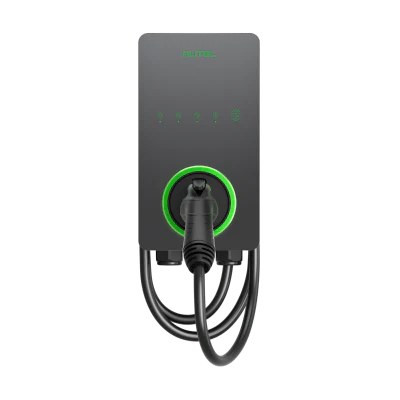
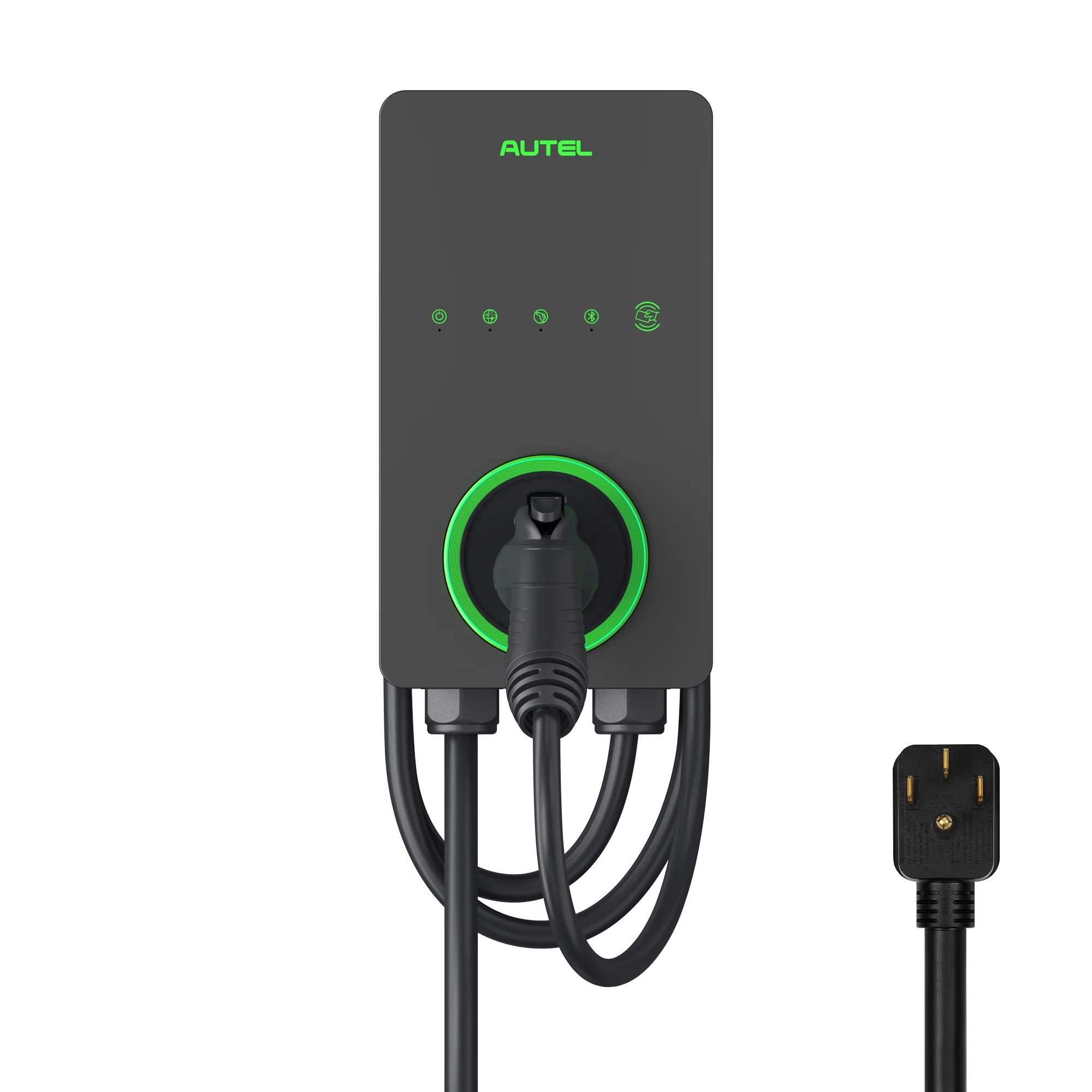
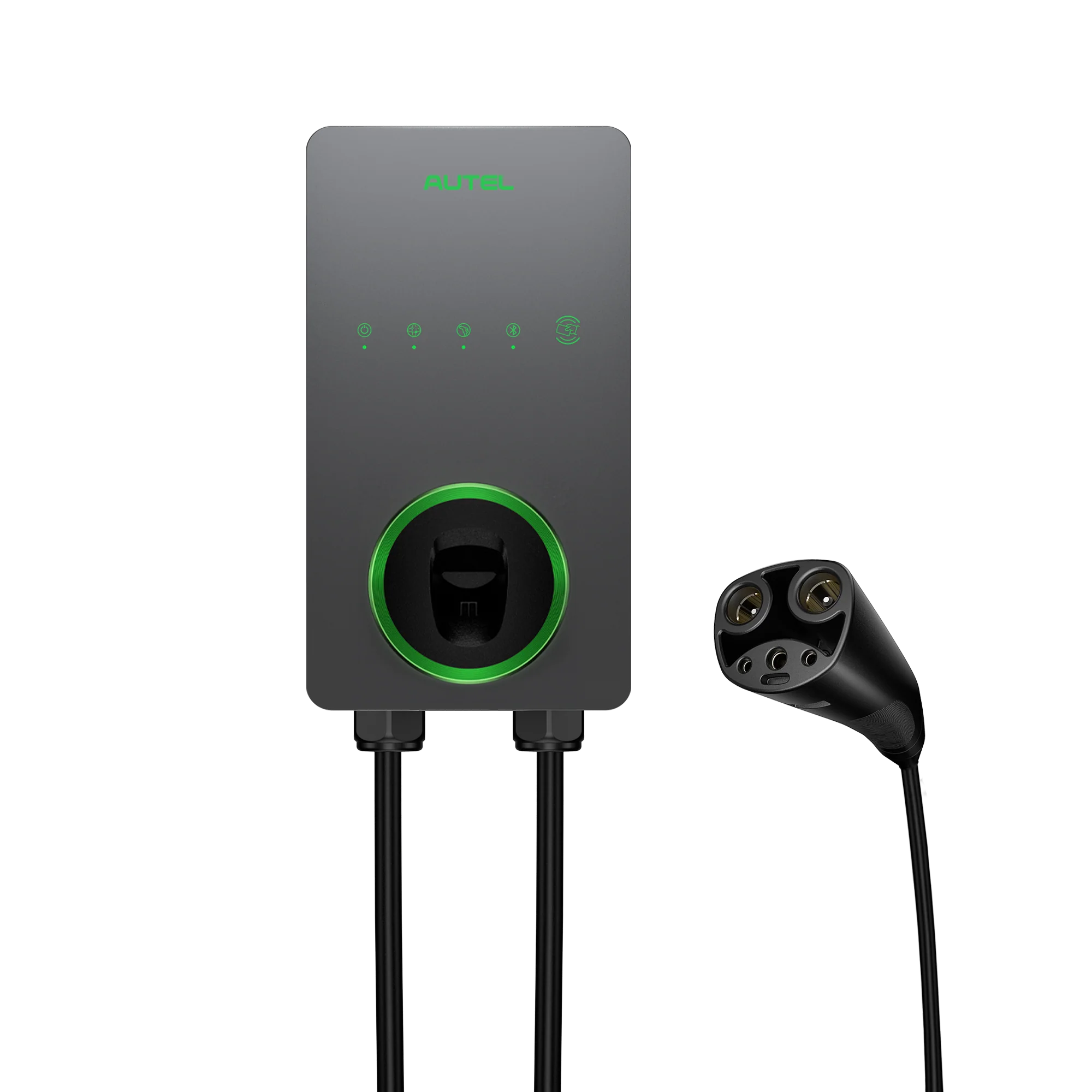
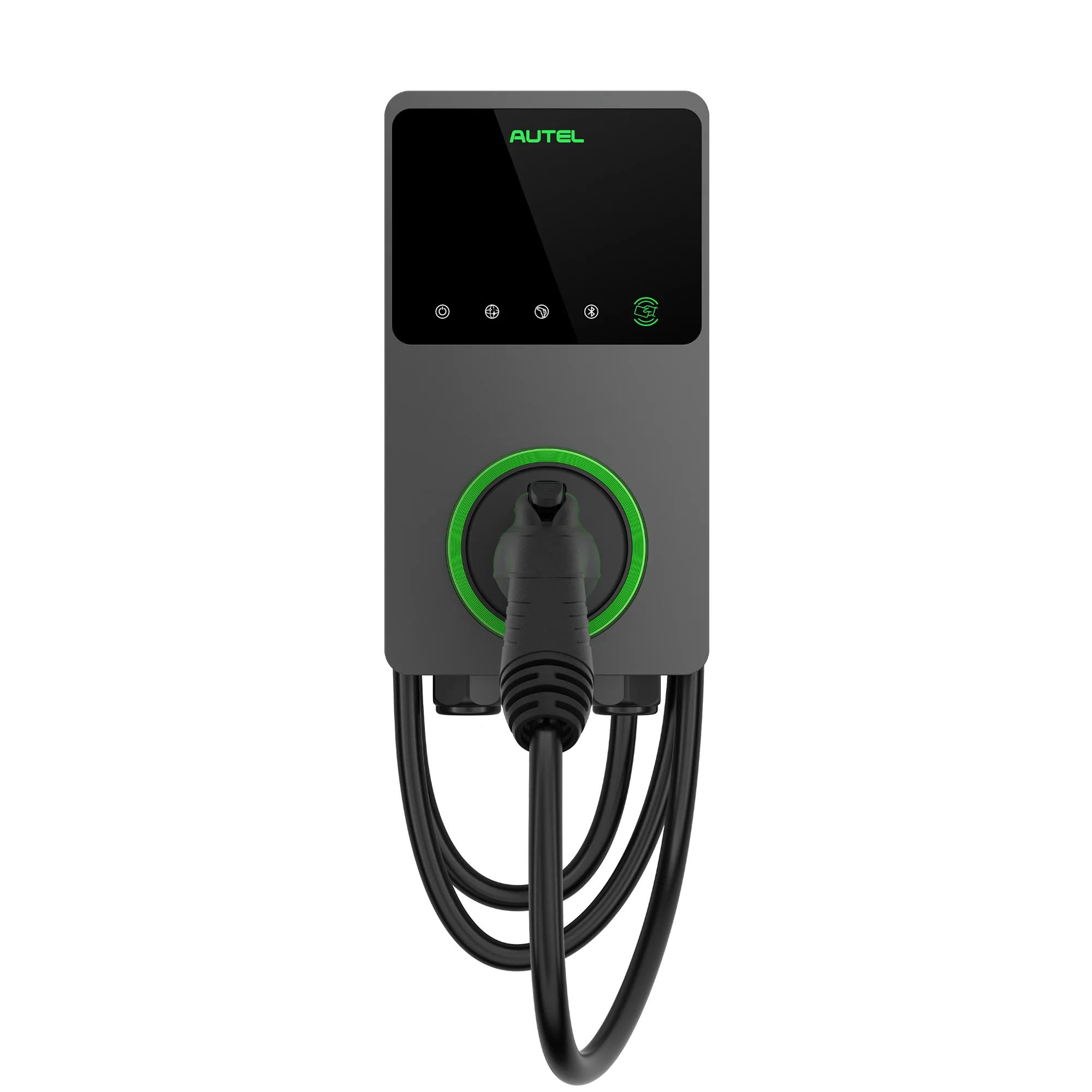
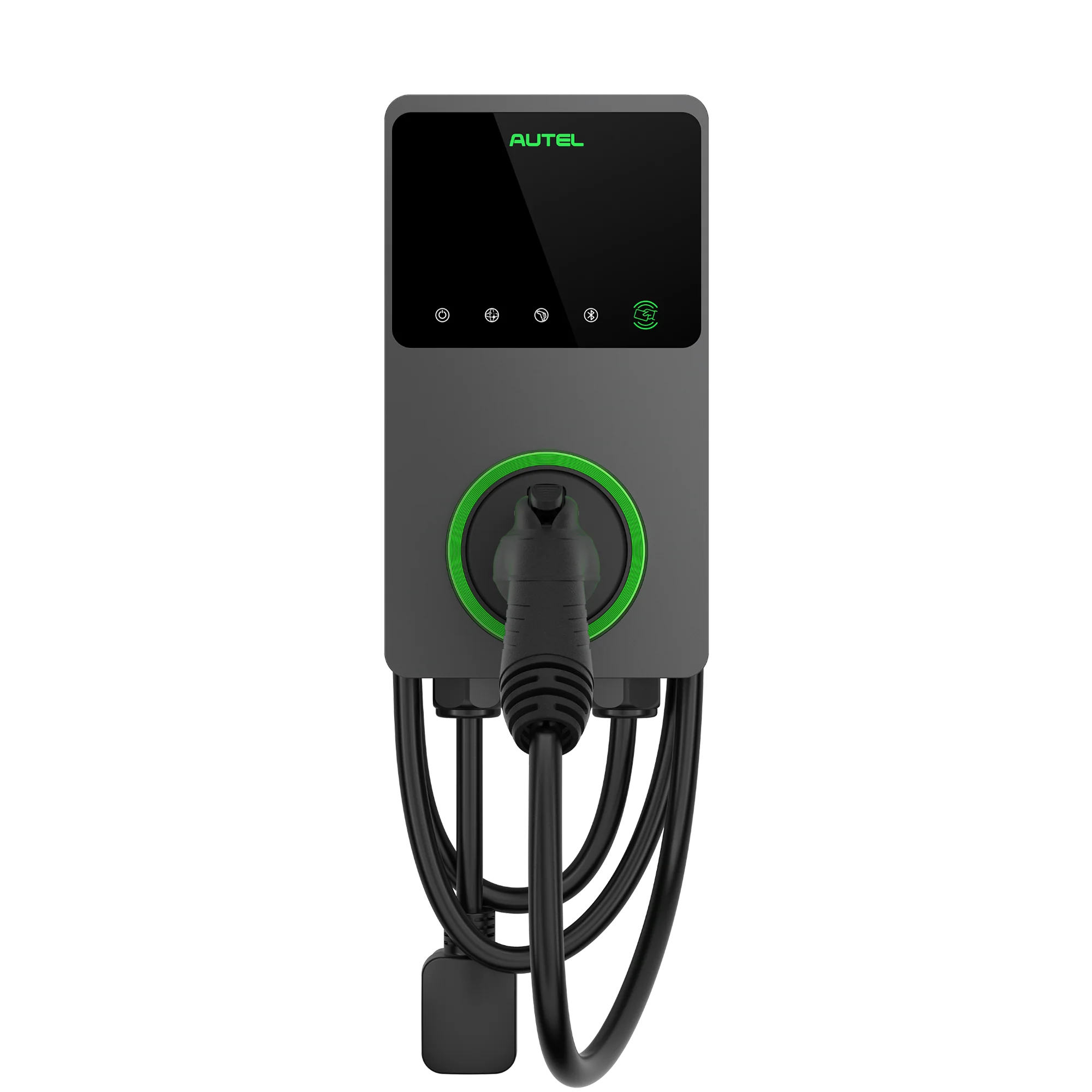

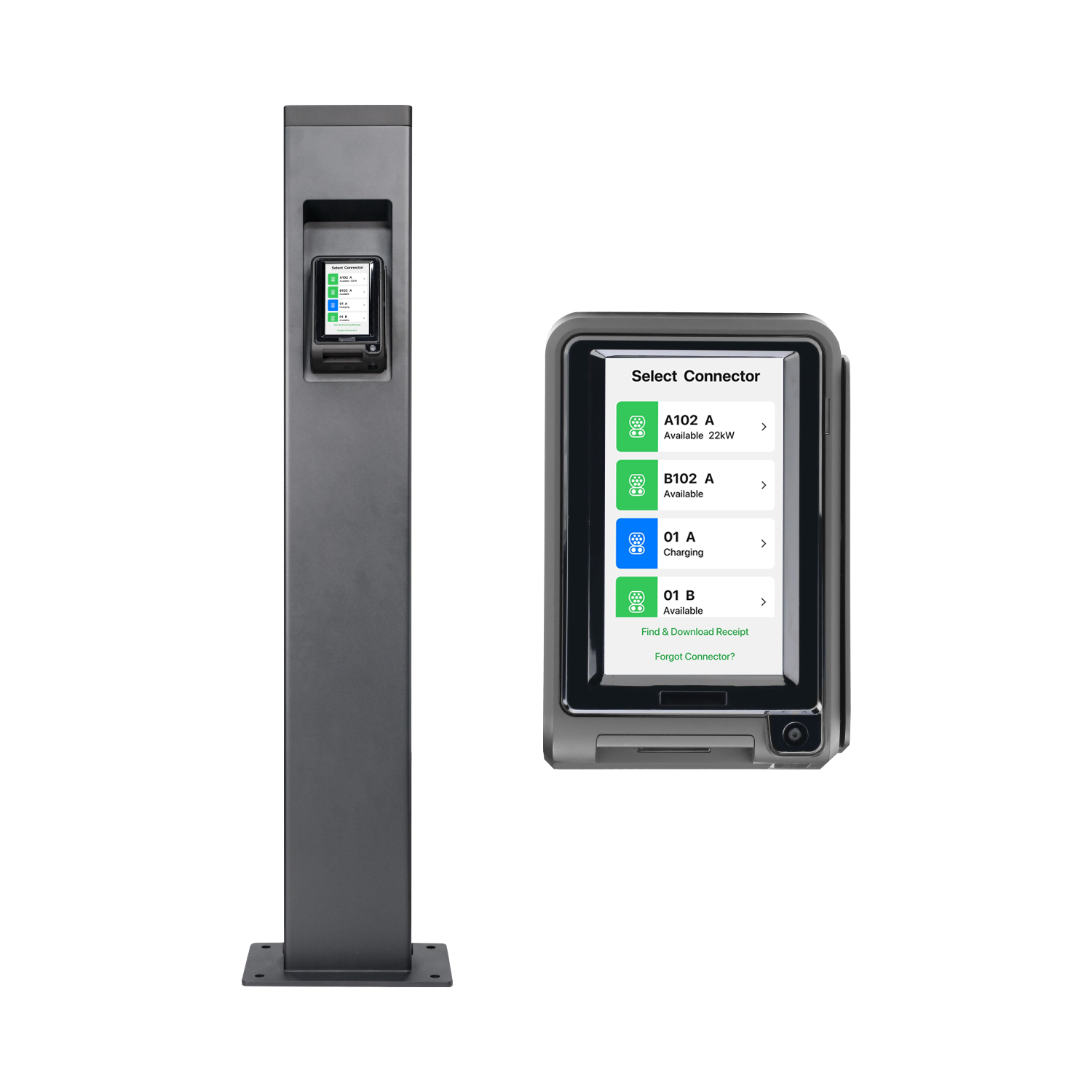
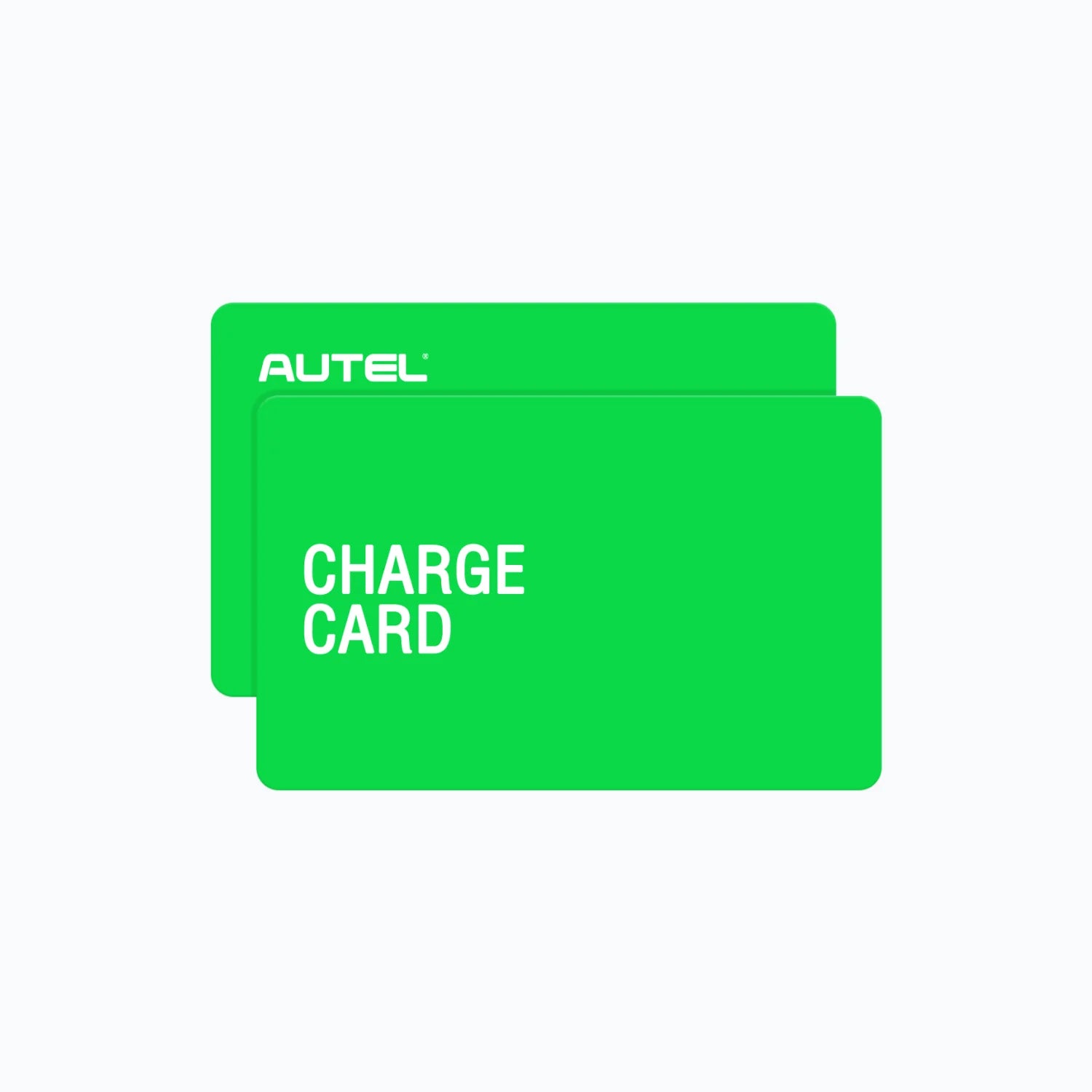
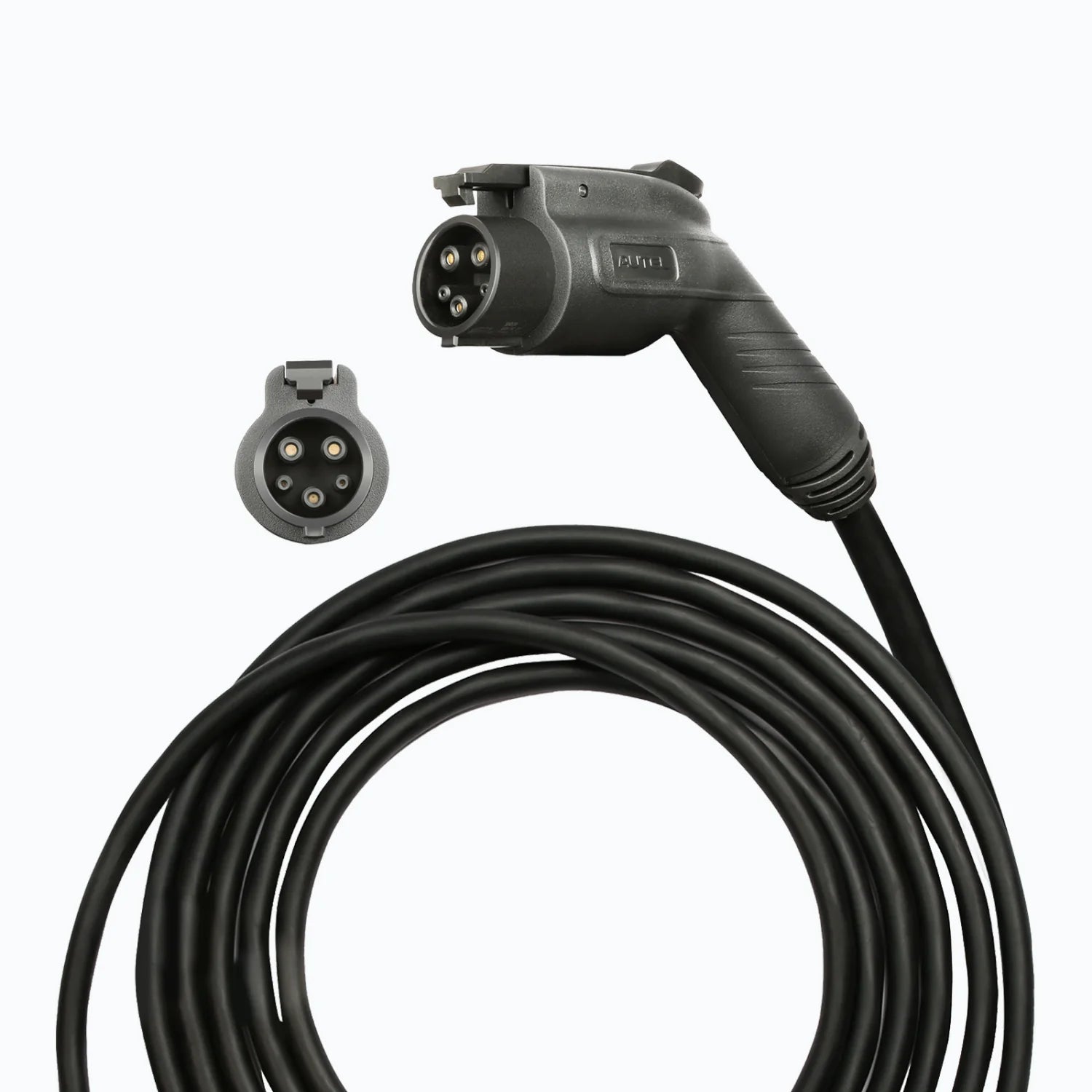
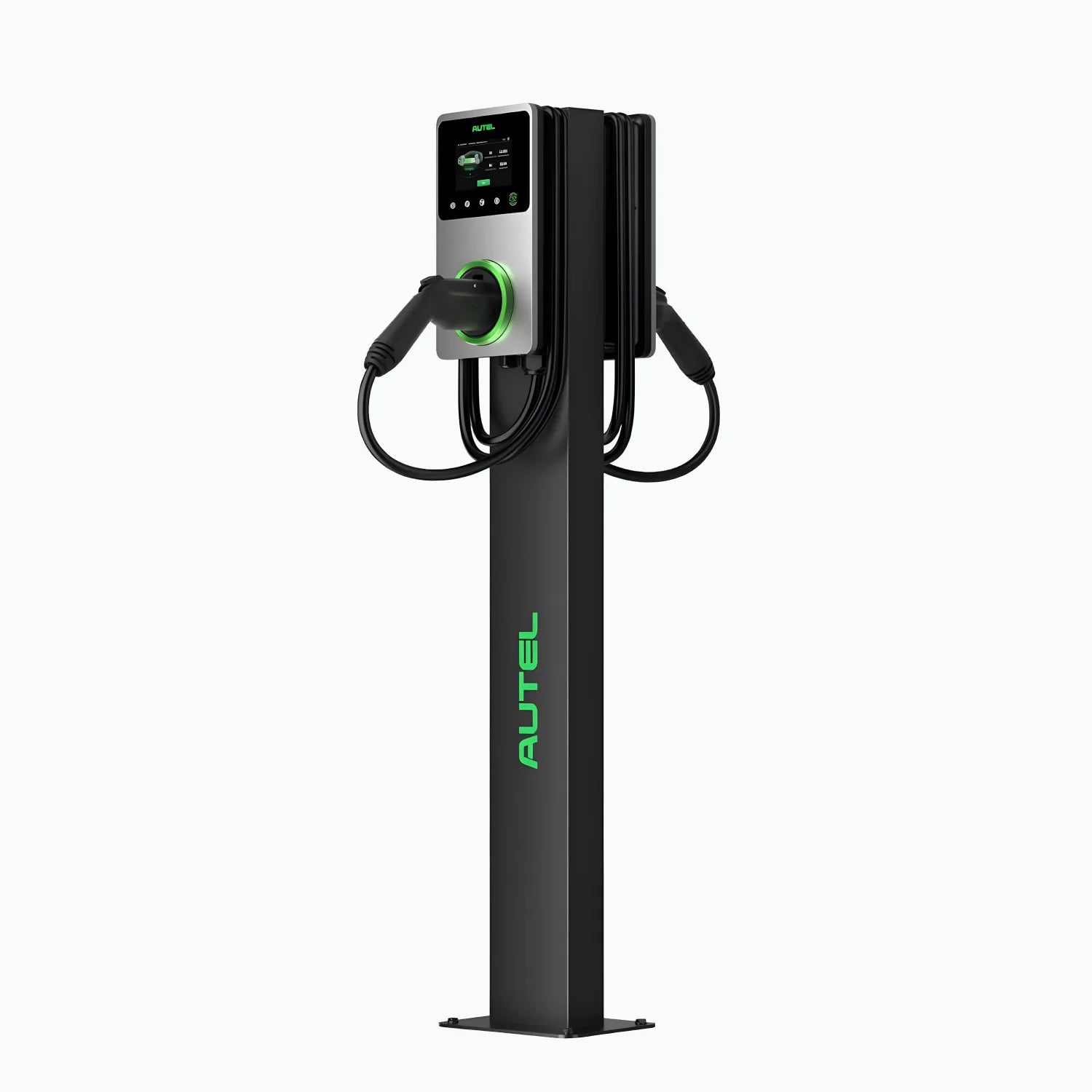
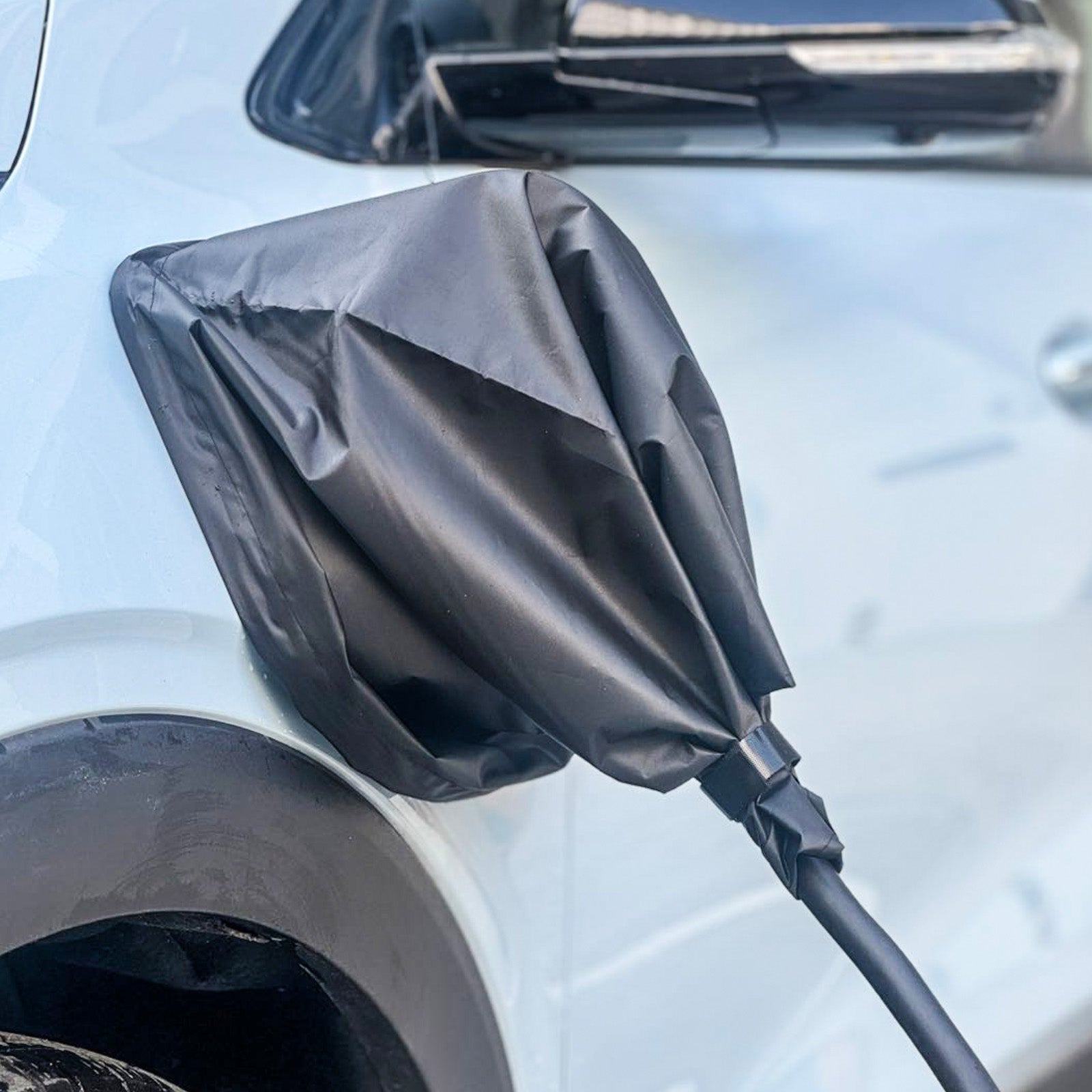
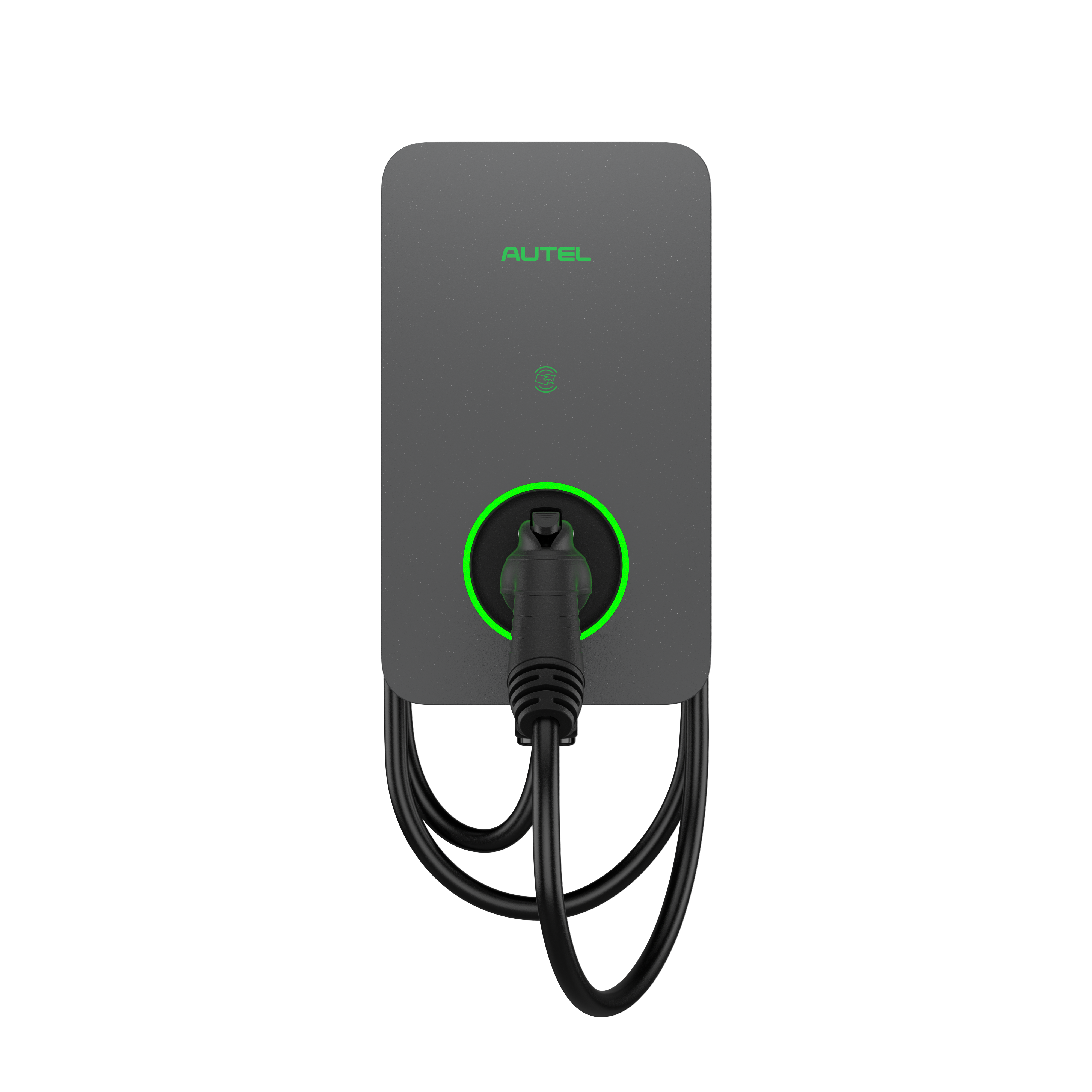
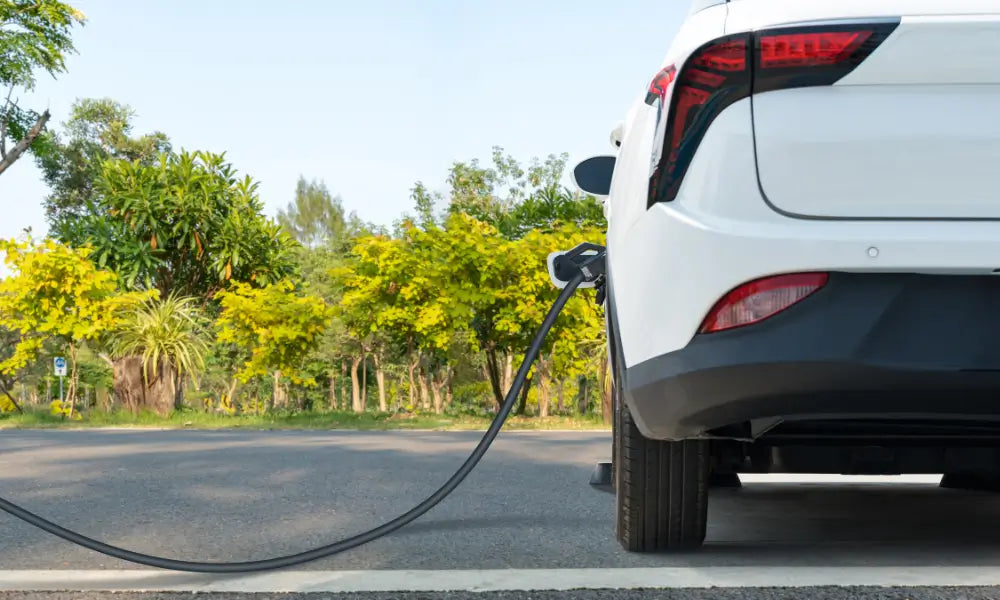
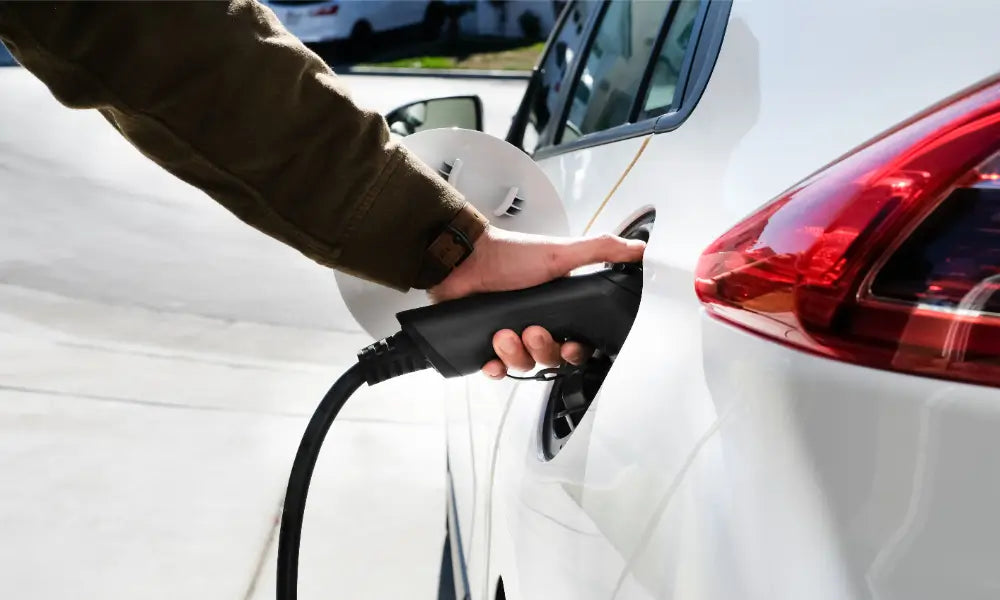

Leave a comment
All comments are moderated before being published.
This site is protected by hCaptcha and the hCaptcha Privacy Policy and Terms of Service apply.